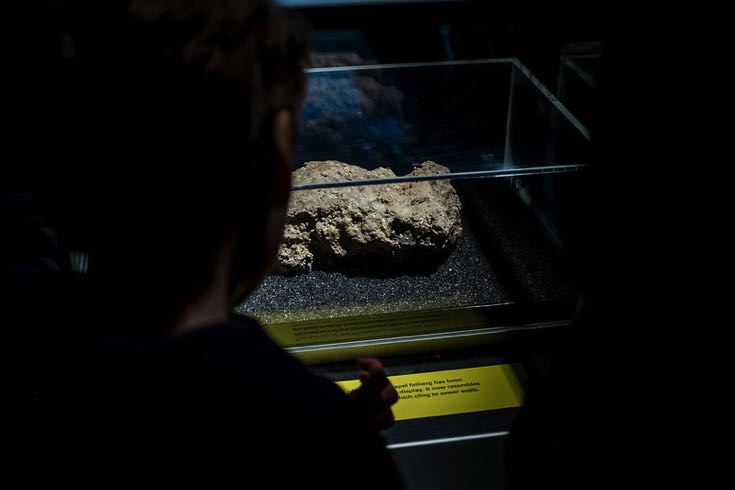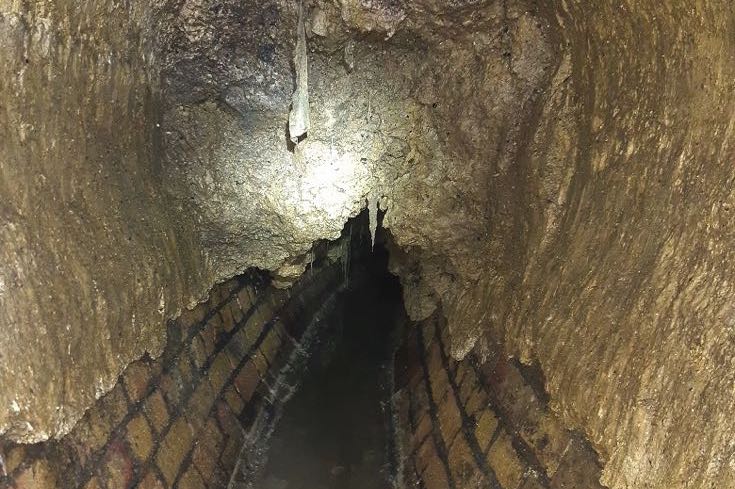In the September of 2017, there was a 250-metre long ‘fatberg’ discovered in the London sewer system, weighing 130 tonnes and blocking up the Victorian-era tunnels. Made up of congealed fat, nappies, wet wipes, condoms and oil, it obviously need to be taken apart in order to allow the sewer system to function properly.
Thames Water said that it was one of the largest ‘fatbergs’ that it had ever seen, with the belief being that it would take as much as three weeks to remove. The question is, what happened to it? There was a plan to turn it into biofuel, but did that ever materialise or did it simply get washed away?
What Is a Fatberg?
The first place to start is by looking at what, exactly, a ‘fatberg’ actually is. According to Thames Water, such things are created by people putting things that they really shouldn’t down their drains via their sinks and toilets. Such items usually aren’t biodegradable, so they form together and begin to build up into something that blocks off sewer systems.
The bigger they grow, the more things that gather into them and their growth becomes exponential. When the one formed in 2017, the Head of Waste Networks at Thames Water said, “It’s a total monster and taking a lot of manpower and machinery to remove as it’s set hard”.
What Happened to London’s Fatberg?

Over a period of weeks, Thames Water moved to break up the fatberg as best they could, which was tricky owning to the fact that it was ‘like trying to break up concrete’. Given the fact that it was about as heavy as a 11 double-decker buses and nearly the same weight as a blue whale, there were many who felt that some good could come from the fatberg’s existence. Some of those people worked at the Museum of London, who moved to get hold of a chunk of it in order to preserve it and allow it to be featured in a future exhibition. The glob was salvaged from the fatberg not long after it was discovered for the museum.
The hope was obviously that it would raise awareness of the problems of fatbergs, thus encouraging people to be more careful about what they put down their sinks. Not all of it ended up as an educational exercise, however, with some of the fats that it contained being used for their energy and taken away to be turned into bio-fuel at an energy recycling plant. It is, therefore, not entirely out of the realms of the possible that the fatberg was used to run some of the buses that drive around London, turning something genuinely disgusting and a risk to people’s health into something brilliant and useful.

